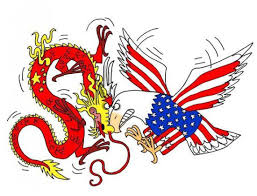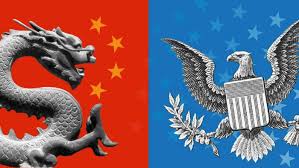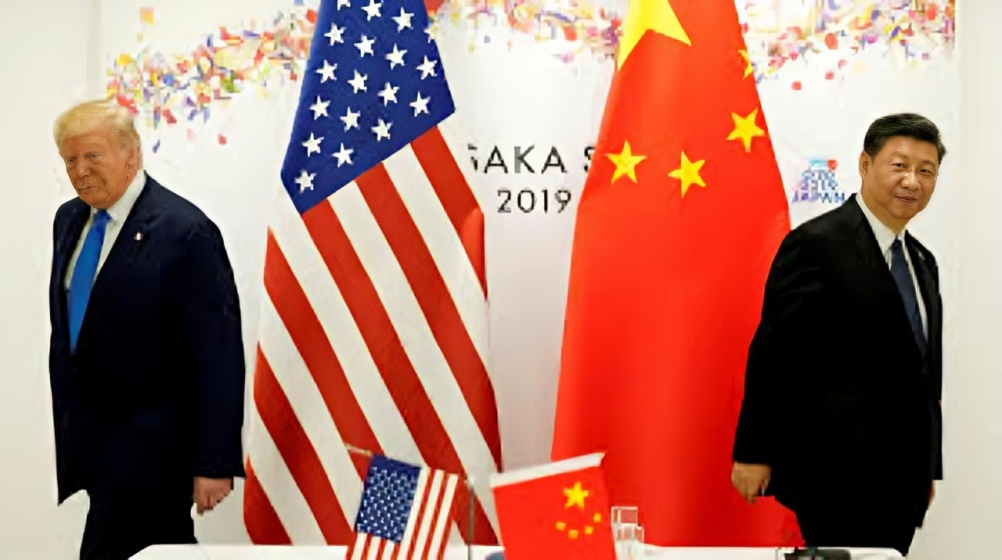The return of Donald Trump to the political forefront has reignited tensions in global trade, particularly with China. As tariffs rise and countermeasures multiply, the world’s two largest economies are once again locked in a high-stakes economic standoff. From steel and agricultural duties to rare earth export bans, the developments mark a dramatic escalation that’s redefining international commerce. Here’s a comprehensive timeline tracing the key milestones in this renewed trade conflict.
US-China Tariff War 2.0: A Timeline of Escalation
February 1 – Tariff Offensive Begins
The Trump administration imposed a 10% tariff hike on Chinese goods, linking it to the influx of fentanyl into the U.S. Additional 25% tariffs were applied to goods from Canada and Mexico. The administration also removed the long-standing de minimis exemption, increasing scrutiny on low-value imports, especially from Chinese e-commerce firms.
February 4 – China Retaliates
In direct response, China implemented counter-tariffs on a wide range of U.S. goods, citing national security and international obligations.
February 5 – Tariff Adjustment on De Minimis Rule
Trump adjusted his earlier executive order, allowing temporary continuation of de minimis exemptions until better enforcement systems are in place.
February 10 – Steel and Aluminium Tariffs Expand
Trump increased tariffs to 25% on steel and aluminium imports, applying them universally—including to key allies.
February 21 – Crackdown on Chinese Investments
New restrictions were placed on Chinese investments in sensitive U.S. sectors, emphasizing concerns about national security and military modernization.
March 4 – China Targets U.S. Agriculture
China raised tariffs on key U.S. agricultural exports such as meat, dairy, grains, and cotton, aiming at Trump’s political base.
April 2 – “Liberation Day” Tariff Surge
A 34% reciprocal tariff was imposed by Trump on Chinese imports, declaring it a symbolic step toward economic independence.
April 4 – China Strikes Back
Beijing responded with a 34% tariff on U.S. imports, intensifying the standoff.
April 8 – Steep Tariff Confirmation
The White House confirmed a 104% tariff on Chinese goods, set to begin the following day.
April 9 – China’s 84% Tariff & Blacklist Move
In retaliation, China imposed 84% tariffs on U.S. goods and blacklisted six American firms involved in defense contracts with Taiwan.
April 11 – China Raises Tariffs to 125%, Signals Restraint
Tariffs were raised again to 125%, but China stated it would refrain from further tit-for-tat measures, suggesting a more strategic response moving forward.

Diplomatic Thaw and Legal Roadblocks
May 12 – Trump Accuses China of Breaching Deal
Trump accused China of violating a prior trade agreement, calling his deal a necessary “rescue” from China’s economic turmoil.
May 14 – 90-Day Tariff Truce in Geneva
Both countries agreed to roll back tariffs—U.S. to 30%, China to 10%—and pledged no new barriers for 90 days. Amendments to de minimis rules were also promised.
May 28 – US Court Ruling on Tariff Legality
A major court decision found that Trump lacked legal authority for some of the sweeping tariffs, citing limitations under the International Emergency Economic Powers Act (IEEPA).
Recent Developments
June 2 – China Accuses US of Undermining Truce
Beijing pushed back against U.S. export control policies, including new restrictions on AI chip technology and Chinese students’ visas, calling it a violation of the Geneva consensus.

June 5 – Trump and Xi Hold High-Level Call
The two leaders spoke for 90 minutes, agreeing to continue negotiations. Trump noted that complexities involving rare earth metals were also discussed in detail.
June 6 – US Delegation Heads to London
A high-level U.S. delegation was dispatched to London for renewed trade talks, including senior figures from Treasury, Commerce, and Trade.
June 11 – Framework Agreement Reached
Both sides agreed in principle to a framework to advance trade negotiations. Final implementation now awaits presidential approval from both governments. As the tariff war evolves under Trump’s renewed leadership, the global economy watches closely. While high-stakes diplomacy may lead to temporary truces, the underlying friction—economic dominance, national security, and ideological rivalry—remains unresolved. The road ahead is uncertain, but one thing is clear: the US-China trade relationship is once again the focal point of global economic policy.
Trump’s Strategy for Russia-Ukraine: Fight First, Negotiate Later
China’s Rare Earth Strategy Reshapes the Trade War Landscape


[…] Trump 2.0: US-China Tariff War Timeline Unfolds […]